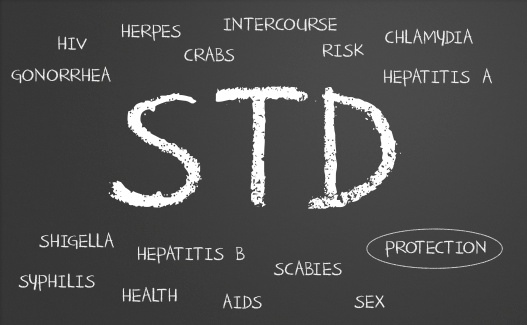
By Matthew Swihart, Opinion Editor
Sexually transmitted disease rates are on the rise in the United States, including increased cases of gonorrhea, chlamydia and syphilis.
The U.S. Center for Disease Control (CDC) reports around 20 million new cases of STDs contracted each year, about half of these STDs are from young adults, aged 15-24. The past year had the highest amount of STDs ever reported by the CDC. There is an increase in cases of chlamydia, which had infected 1.6 million in 2016. There is an even larger increase in syphilis infections. While syphilis may have only had 28,000 new cases over the course of 2016, this is still an 18 percent increase from 2015’s report.
It’s important to note that these three STDs were at historic lows a decade ago. The main reason for the increase in recent years can be attributed to a rise in condomless sex and readily available dating apps like Tinder and Grindr, both of which have denied any involvement in this newfound data.
STD screening is crucial at this time as cases of gonorrhea are becoming more difficult to treat. The emergence of “super gonorrhea,” a form of gonorrhea that has developed levels of antibacterial resistance, has health officials worried. The longer an STD goes untreated, the greater the chance an STD has to do real damage to the body.
About 46 percent of teens are sexually active so it’s vital to teach teens how to practice safe sex. Condoms are the best, most affordable way to practice safe sex and reduce the risk of STDs. Teens also need to be wary of what STDs can be contracted and to act upon possible symptoms.
STD screenings are very important in this time. If you are sexually active and feel like there is something to worry about, then get a test. There’s no shame in getting an STD test, and you’d rather be safe than sorry in the long run. Regular STD screenings can help diagnose and prevent possible life threatening diseases. While STD screenings and safe sex can lower the risk of contracting such a disease, it doesn’t eliminate the risk 100 percent.
Most common STDs can be cured with proper screenings and regular antibiotic treatment.
